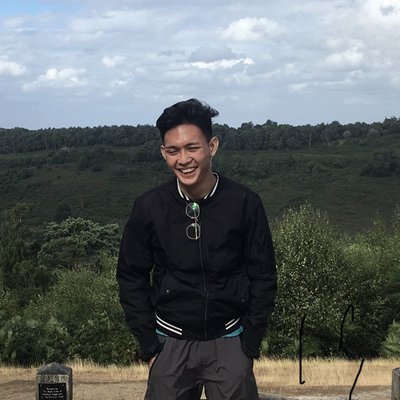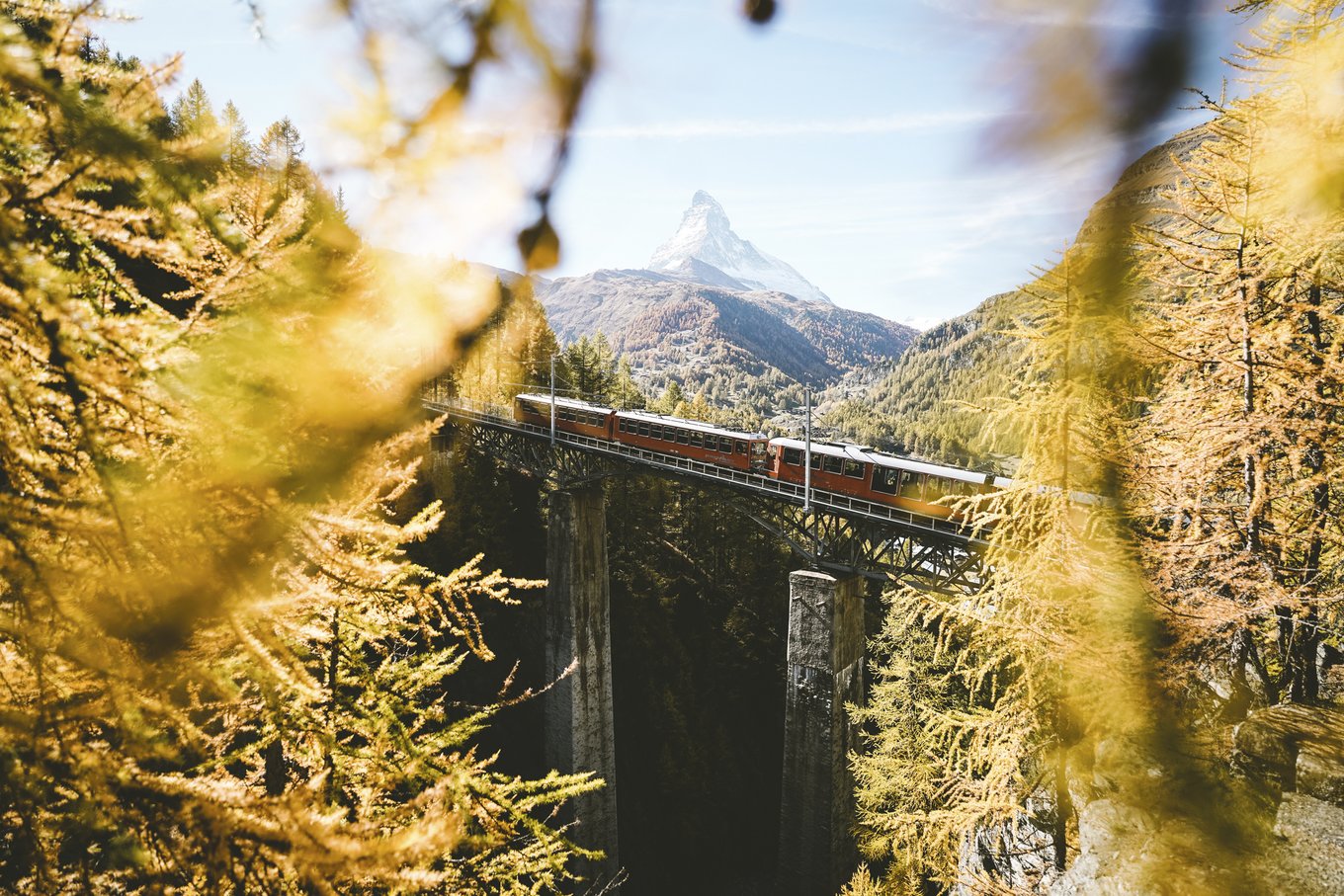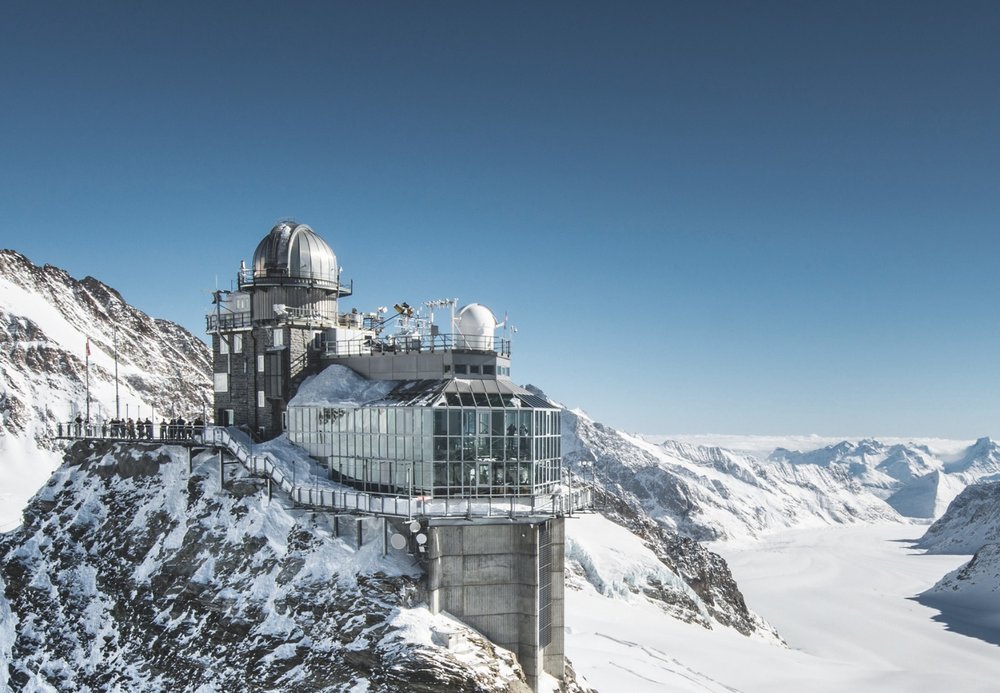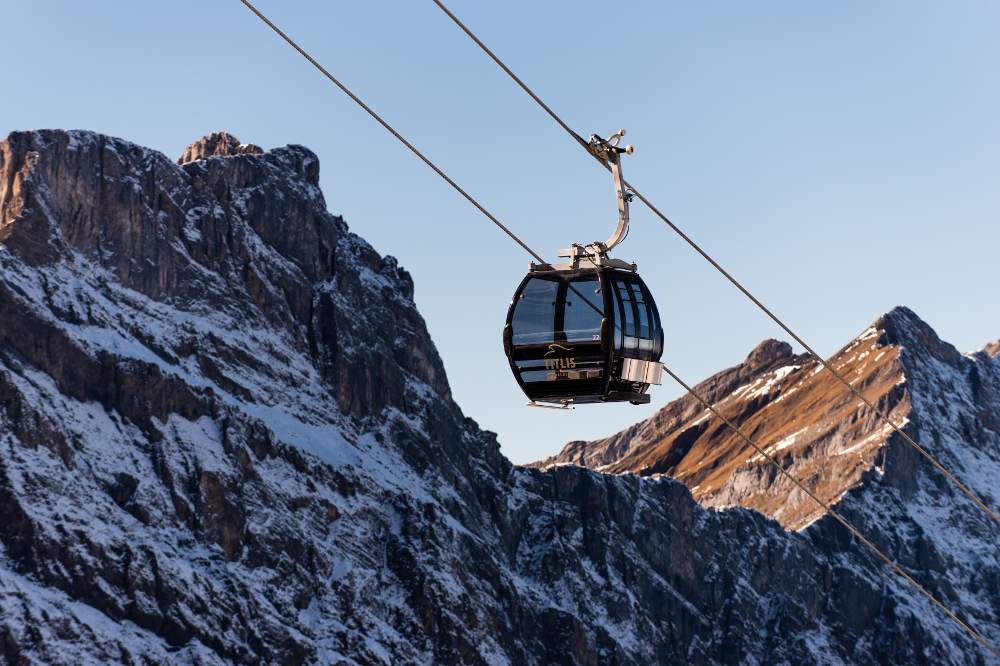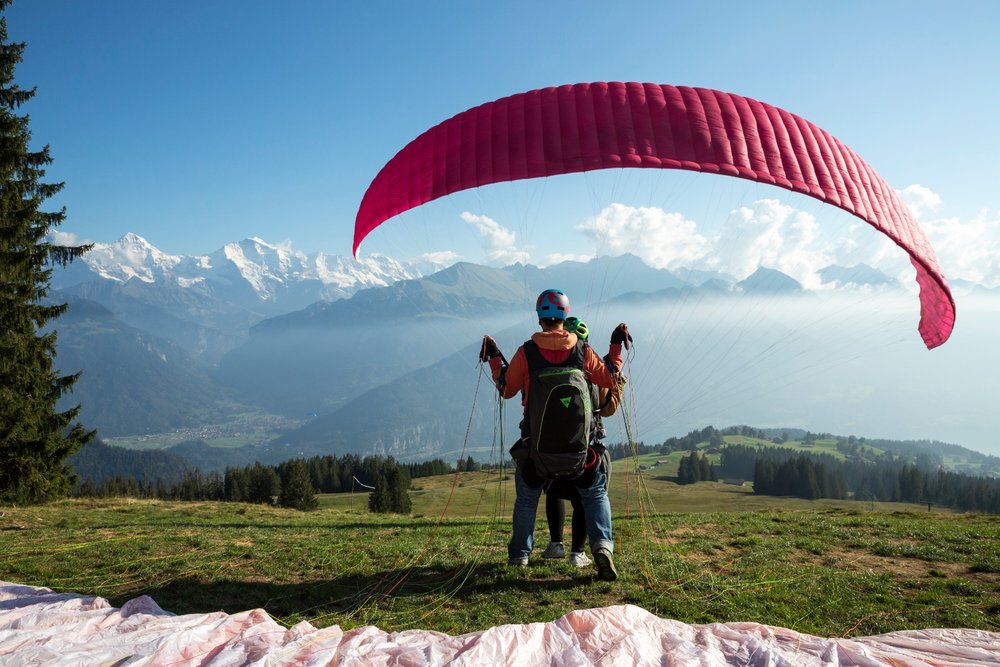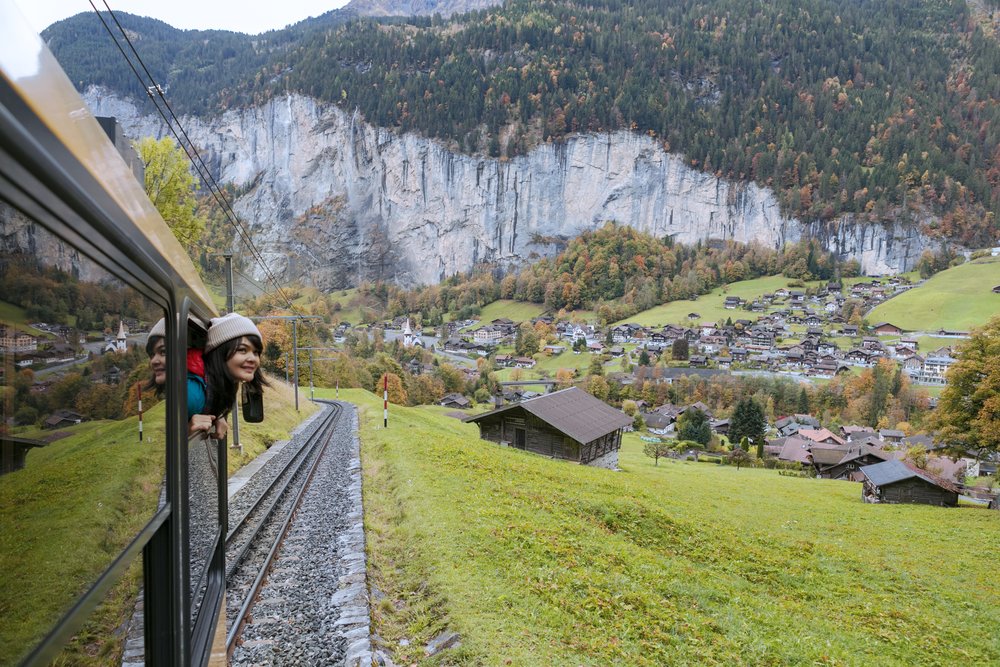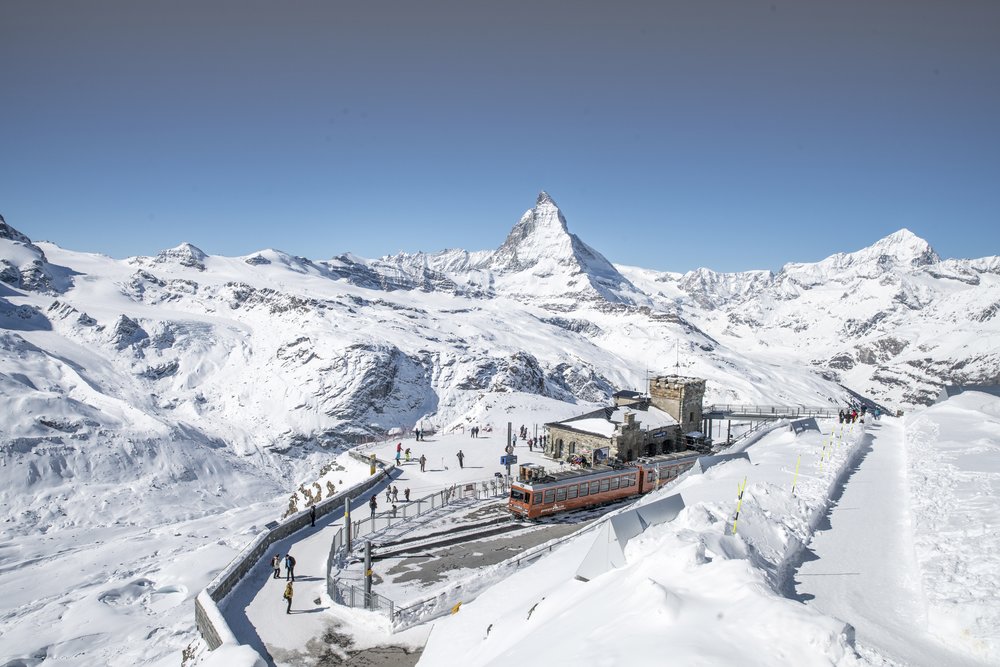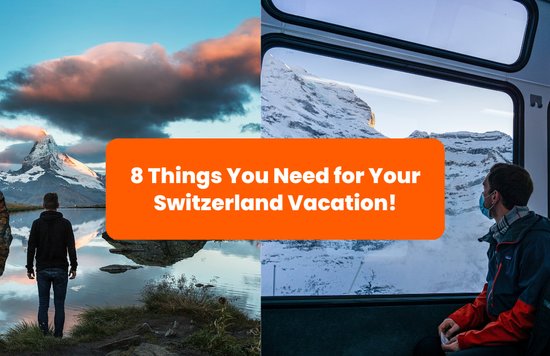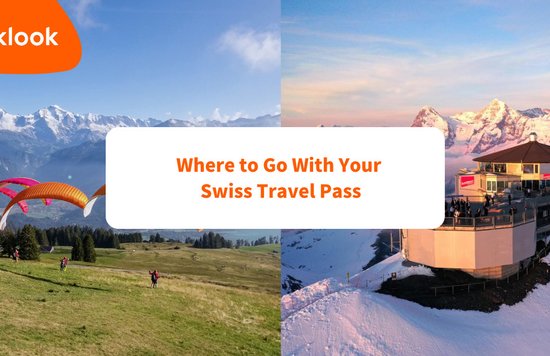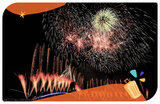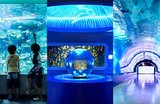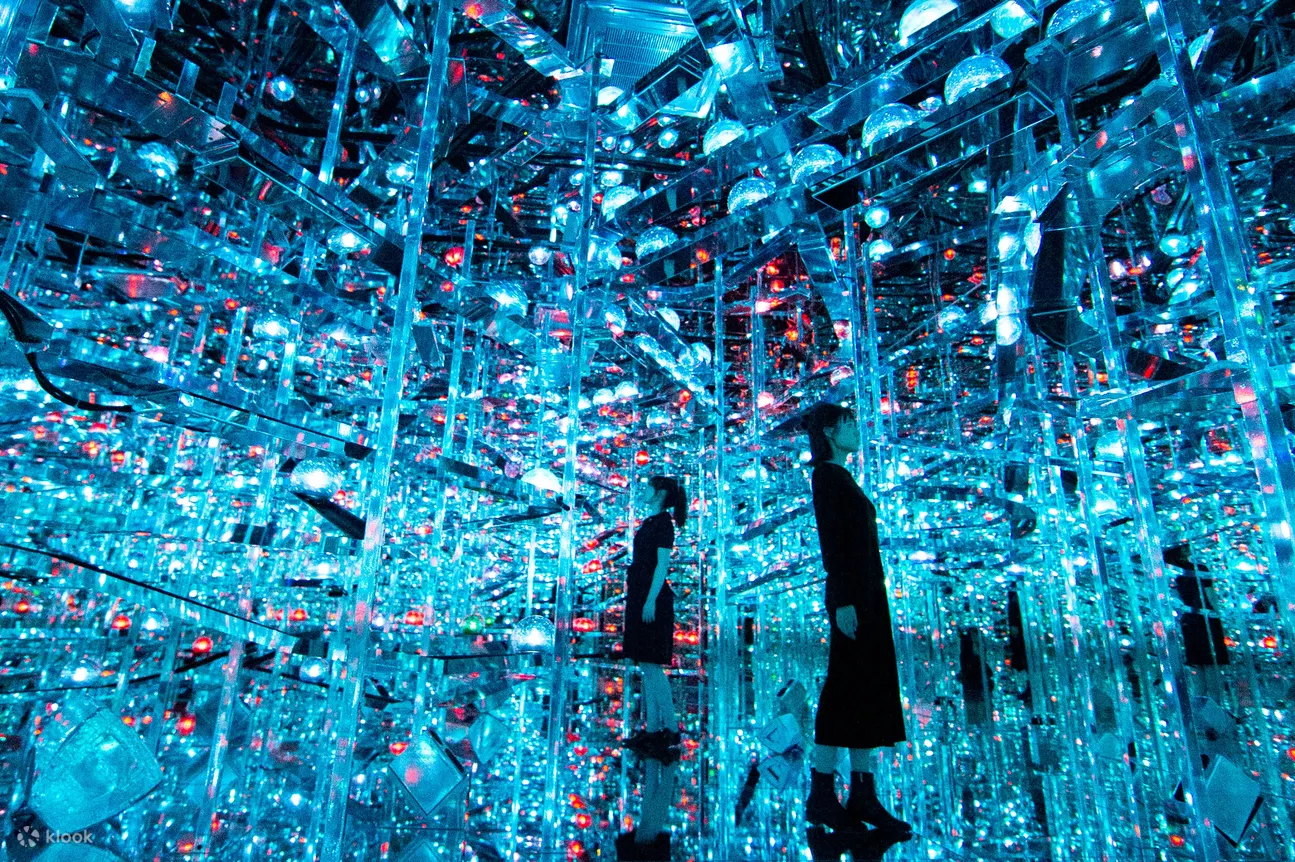Switzerland offers a multitude of activities year-round, making it a perfect destination for travelers craving unforgettable experiences! In the summer, outdoor enthusiasts can traverse the hiking and biking trails, witnessing the stunning green pastures and crystal-clear lakes along the way, and maybe even stop by a couple of villages to experience Alpine traditions. After the first snowfall, many opt to stay at the ski resorts to go skiing and snowboarding on the fresh and powdery snow. Travelers who wish to stay in the city can enjoy the country’s rich cultural heritage with a visit to the many museums and galleries that feature art pieces from different points in time.
You can discover, book, and experience the best things to do including attractions, activities, car rentals, SIM cards, and more on Klook. Sign up now! 🧡
Enjoy 5% off your first app booking when you use the promo code
<BETTERONAPP>. T&Cs apply.
With so many places to visit and sights to see, figuring out your itinerary and the best travel routes during your visit can become tricky and challenging. For your trip to Switzerland, you can either opt to purchase tickets individually for all your routes or simplify the process with a Swiss Travel Pass, which gives you these awesome travel perks:
- Unlimited travel by train, premium panorama trains, bus, and boat (excluding seat reservations and/or surcharges)
- Unlimited use of public transport in more than 90 towns & cities
- Free mountain excursions for Rigi, Stanserhorn, and Stoos in 2021
- Up to 50% discount on many other mountain excursions
- Free admission to more than 500 museums
- Free travel for all children aged 0-16 accompanied by an adult with a valid ticket. Children aged 6-16 will be issued a separate ticket called the “Swiss Family Card”
- Up to 30% discount on SBB RailAway offers (available at all ticket counters within Switzerland)
- Flexible cancelation - fully refundable up to 1 day prior to first date of validity
When you travel using a Swiss Travel Pass, you won’t need to worry about buying tickets for each journey that you’ll be taking. In most instances, you can simply hop on and hop off with the pass.
At the time of purchase, you will be asked to fill in your First Date of Travel, and the Pass will be pre-activated to start on this date. With the Consecutive Pass, you can simply present the QR code to the ticket inspectors during your travel. For the Flex Pass, you will be required to activate each date of your travel on www.activateyourpass.com, but you will get the flexibility of deactivating or changing your travel dates as many times as you like until the validity period starts.
As the pass covers most of the available routes in Switzerland, you can freely explore the country as you wish, without having to worry about lining up for tickets.
Now that you’ve sorted out your transportation, you can begin planning your actual itinerary. Whether you need inspiration for your upcoming trip to Switzerland or just want to check out our favorite activities in the country, then check out our recommendations for the top things to do in Switzerland below!
1. See the snow-capped mountains of the Jungfrau region
An old Swiss tale speaks of the Jungfraujoch as having been blessed by an angel. Though initially hard to believe, many wonder if this tale has some truth to it once they experience its beauty. It all starts at the highest train station in Europe, known as Top of Europe, where you’ll board a cogwheel train that takes you up to the summit. Once you arrive, take in the gorgeous views of the surrounding peaks, the nearby Aletsch glacier, and maybe even see Germany’s Black Forest on a cloudless day. Make sure to don your best winter wear during your visit - the icy streams of air at the summit and the snowy terrain can make traversing the terrain difficult, but the experience is more than worth it!
Should you wish to escape the fierce weather for a few moments, drop by the many indoor attractions at the summit: marvel at the Ice Palace tunnels, which were carved by mountain guides in the 1930s using saws and pickaxes, or visit the Alpine Sensation to learn about the fascinating history of Jungfraubahn railway. The wraparound terrace at the Sphinx Observatory is also a must-visit on clear days for the fantastic viewpoint of the surrounding areas.
Klook tours to the Jungfraujoch depart from three different locations in Switzerland: Zurich, Lucerne, and Interlaken. Each tour has different inclusions and itineraries, so check them out below and see which one fits your needs best.
2. Ride the world's first fully rotating cable car at Mount Titlis
The tallest mountain in Central Switzerland, Mount Titlis is most famous for its fully-rotating cable car, the very first of its kind on the entire planet upon its completion in 1992. Step inside the cable car and admire the spectacular sight of your icy and snowy surroundings, featuring 360-degree views of the deep crevasses below and snow-covered mountains in the distance. Though the journey on the rotating cable car only lasts about five minutes, you’ll remember this experience for the rest of your life!
Once you arrive at the top, spend some time exploring its attractions such as the Glacier Cave, a 150-meter long walkway carved entirely out of ice, some of it dating back to 5,000 years ago. Thrill-seekers will love crossing the Cliff Walk, a suspension bridge 500 meters off the ground, making it the highest suspension bridge in Europe. Other activities include an alpine flower trail, skiing, Glacier Park, and a hike to the mountain’s summit, which typically takes up to 45 minutes one-way.
Tours typically depart from either Zurich or Lucerne, which include a scenic drive through Engelberg, the cable car ride, and round-trip transfers. Experience the best of Mount Titlis with Klook’s Half Day Trip to Mount Titlis with Cable Car from Lucerne!
3. Experience unforgettable views of Mt. Eiger, the Mönch, and the Jungfrau region from a paraglider
Travelers craving one-of-a-kind experiences in Switzerland will definitely love to try paragliding in Interlaken! The adventure starts with a scenic drive to Beatenberg, followed by preparations and safety instructions from the professional staff. Once you’re all set to go, you’ll take off from the ground and get an unbeatable bird’s-eye view of the area, where you’ll see uninterrupted views of the blue waters of the Lake of Thun and the Lake of Brienz, as well as the famous Swiss mountains: Eiger, Mönch, and Jungfrau. After about 20 minutes in the air, you’ll slowly descend in the mangroves of Harder Kulm.
4. Journey through three mountain passes on the Golden Pass Line
If you’re looking for a quiet and relaxing way to admire Switzerland’s landscapes, then check out their panorama trains! Known as some of the most beautiful train routes in the world, these panorama trains will pass through the country’s majestic mountains, tranquil lakes, and alpine villages. The panoramic trains feature large windows and comfortable seats, which make for a superior and comfortable travel experience.
The most famous among Switzerland’s panorama trains is the Golden Pass Line, which connects 6 different Swiss states. Along the way, you’ll have countless opportunities to take photos or simply take in the glorious sights as the train travels its route, which is divided into three parts: Lucerne to Interlaken, Interlaken to Zweisimmen, and Zweisimmen to Montreux.
The Lucerne-Interlaken route is a two-hour journey that takes you past five tranquil mountain lakes, featuring steep rock faces on the lakeshore, before it begins its ascent to Brünig Pass. The train used on this route also features a restaurant that serves delicious food and refreshing beverages should you get hungry during the trip.
The next section of the Golden Pass Line is the Interlaken-Zweisimmen route, which runs along the River Aare and brings you to Spiez, a charming town on the shore of Lake Thun that offers views of the pyramid-shaped Mount Nielsen. The train then makes its way into the Simmen Valley, a green valley filled with farms and small villages. We recommend sitting on the right side of the train for the best view of Lake Thun.
Photo credit: https://www.mystsnet.com/en/download/image-goldenpass-belle-epoque-above-lake-geneva/?wpdmdl=37571&refresh=61147e87a67481628733063
The Golden Pass Line ends with the Zweisimmen-Montreux route, which begins by climbing up to 1,279 meters high, the highest point of the entire Golden Pass Line, before the train goes through the upper-class town of Gstaad. Once the train exits the valley, it will pass by Lake Geneva before descending and ending in Montreux. This section of the Golden Pass Line has two different coaches: Golden Pass Classic, with designs from the Belle Epoque era, and Golden Pass Panoramic, which are more modern and have panoramic windows.
5. Visit the car-free mountain villages of Zermatt, Mürren, and Wengen
Travelers and locals alike should also make an excursion to one of Switzerland’s many car-free villages that are accessible only by train. Without the traffic noise and the hustle and bustle of the city, these mountain getaways are perfect for those looking for a quiet day or two as they immerse themselves in the local communities.
One of Switzerland’s most famous car-free mountain villages is Zermatt, nestled against the Matterhorn, the famous Swiss mountain peak that inspired the logo for Toblerone. With its luxury accommodations, local gastronomy, and a plethora of activities in and around the village, it’s an ideal destination for travelers who wish to be away from the city. During your visit, spend some time hiking along the Gornergrat for the best viewpoint of the Matterhorn, go mountain biking along the trails, and maybe even swim in the lake if the weather permits.
Located at the base of the Schilthorn is Mürren, another car-free mountain village in Switzerland. Known for its distinct architecture and dialect that stemmed from their ancestors from the Lötschental, this cozy village and its many attractions are popular all year round. During your visit, you can try out skiing and tobogganing in the winter or go on themed walks like the North Face Trail and the Flower Panorama Trail. More demanding tours such as winter walking trails or hiking trails that lead into the Lauterbrunnen Valley and surrounding areas are also available.
Wengen, which can be found at the foot of the Jungfrau, is also a car-free mountain village that can only be accessed by train. As it is located on a sun terrace, you get more sun here than you would in other parts of the country. Its nostalgic timber houses and chalets give it a certain charm that makes your entire experience magical! Popular attractions include hiking or using the mountain cableways to enter surrounding areas that offer picturesque views, like the panoramic route between Wengen and the Kleine Scheidegg. Other activities such as skiing, tobogganing, river rafting, and even paragliding are also available.
Frequently Asked Questions About the Swiss Travel Pass
1. Who can buy the Swiss Travel Pass?
The Swiss Travel Pass is available to persons who permanently reside outside Switzerland and the Principality of Liechtenstein.
2. Should I book the Consecutive or the Flex pass?
Book the Consecutive Pass if you have fixed travel dates to/from Switzerland. If you have flexible travel dates or plan to stay in certain areas for extended periods of time, then the Flex Pass is a better option for you.
3. How do I activate my pass?
The Consecutive Pass is automatically activated on the date selected during booking. Travelers with the Flex Pass must go to activateyourpass.com and enter the required details.
4. Can I reschedule my travel dates?
The travel dates for the Consecutive Pass cannot be changed. However, you may get a full refund if you cancel the pass up to 1 day prior to the first date of travel.
Activated travel dates for the Flex Pass can be deactivated/changed on activateyourpass.com as many times as you like until the validity period starts at 11:59 pm.
5. Is the Swiss Travel Pass available as an e-ticket?
Swiss Travel Passes sold on Klook can be used with a printout or as an e-ticket. The train conductor will scan your QR code during travel.
